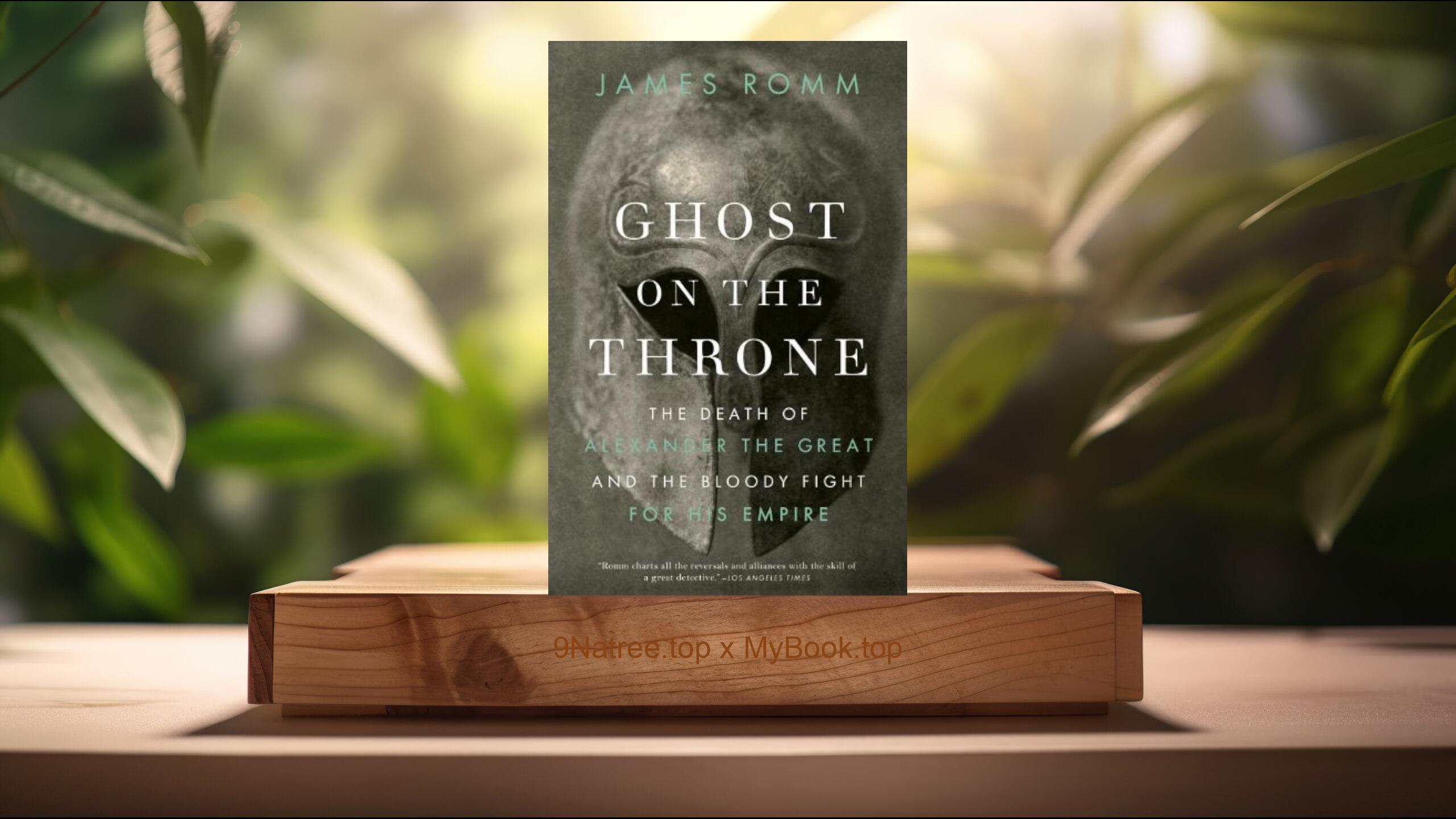Show Notes
- Amazon USA Store: https://www.amazon.com/dp/B0BWL2VFFL?tag=9natree-20
- Amazon Worldwide Store: https://global.buys.trade/Emperor-of-Rome%3A-Ruling-the-Ancient-World-Mary-Beard.html
- Apple Books: https://books.apple.com/us/audiobook/the-song-of-achilles/id1441521135?itsct=books_box_link&itscg=30200&ls=1&at=1001l3bAw&ct=9natree
- eBay: https://www.ebay.com/sch/i.html?_nkw=Emperor+of+Rome+Ruling+the+Ancient+World+Mary+Beard+&mkcid=1&mkrid=711-53200-19255-0&siteid=0&campid=5339060787&customid=9natree&toolid=10001&mkevt=1
- Read more: https://mybook.top/read/B0BWL2VFFL/
#Romanemperors #imperialpower #ancientRome #MaryBeard #imperialhousehold #EmperorofRome
These are takeaways from this book.
Firstly, What Ruling Looked Like Day to Day, Mary Beard reframes imperial rule as a job composed of routines, audiences, paperwork, and crisis management rather than uninterrupted spectacle. She brings readers inside the rhythm of an emperor s day, from the morning salutatio that mediated access, through hearings where petitions from across the empire were judged, to the drafting of rescripts that functioned as law. Grain supply, military pay, and natural disasters could demand immediate attention, while mundane disputes over inheritance or civic honors occupied countless hours. Far from omnipotent whim, decision making depended on information flows, secretaries, and standard procedures. Beard shows how time and attention were the scarcest resources, and how courtiers managed what and who reached the imperial ear. The emperor appears as chief justice, final court of appeal, and symbolic presence that could calm fears or inflame them. By focusing on labor rather than legend, Beard reveals a sophisticated apparatus that made rule predictable enough to be endurable, yet fragile enough to tip into panic when communication broke down.
Secondly, Power as Performance and Communication, Emperors ruled not only by decree but through image and message. Beard maps the many channels that made imperial presence felt across vast distances. Coins carried portraits, slogans, and policy hints into every market. Statues, arches, and inscriptions fixed a ruler s face and achievements in stone, while festivals, games, and public banquets staged generosity and control. The imperial cult blurred politics and religion, letting communities express loyalty and negotiate favor. At the same time, rumor, satire, and gossip continually reinterpreted the emperor for local audiences. Beard stresses that communication worked both ways. Petitions and embassies taught emperors how subjects framed problems, and provincial elites could steer agendas by flattering preferred identities, such as restorer of liberty or bringer of peace. The book disentangles propaganda from governance, showing how imagery supported policy only when backed by credible action. When spectacle outstripped delivery, symbols curdled into targets, and the same media that broadcast power could amplify distrust and mockery.
Thirdly, The Palace Household as Government, Beard demystifies the imperial household, showing it as a working institution where family, freedmen, and enslaved staff performed essential administrative tasks. Secretaries handled correspondence and archives, stewards managed finances and provisioning, and chamberlains controlled access. Empresses, mothers, and other relatives were not decorative figures but political actors who shaped patronage networks and set tones for public virtue or luxury. The household blurred the boundary between private and public, with domestic routines serving public ends. That ambiguity created opportunities and anxieties. Outsiders could dismiss influence as meddling, yet insiders knew that reliable service and institutional memory lived with people, not abstract offices. Beard tracks how names that survive in letters and inscriptions reveal careers built on competence, loyalty, and proximity rather than formal rank. She also shows how attacks on household figures often masked larger struggles over who directed policy. By restoring the staff and family to the frame, the book explains how emperors multiplied their reach and how personal relationships stabilized or destabilized rule.
Fourthly, Travel, Frontiers, and the Reach of Rule, The Roman Empire stretched from Atlantic shores to desert edges, and Beard explains how emperors spanned that distance. Couriers, road stations, river fleets, and sea routes enabled messages and people to move quickly for the time, yet delays and hazards were constant. Imperial tours showcased presence, rewarded loyalty, inspected troops, and resolved local disputes. They also demanded delicate choreography of costs, hospitality, and security. Beard explores what an emperor s arrival meant for communities and armies, from ceremonial welcomes to hard bargaining over taxes and privileges. She highlights the frontier as a zone of negotiation, not simply a line of walls. Emperors cultivated personal bonds with soldiers through donatives, justice, and shared hardships, but could not be everywhere, so governors and legates translated central aims into local practice. By reconstructing itineraries and logistics, the book explains how movement created political opportunities and risks. Visibility built legitimacy, yet overlong absences from Rome or favorites abroad could breed suspicion and plots at home.
Lastly, Succession, Risk, and the Politics of Memory, Without a fixed constitutional rule of succession, the Roman system turned inheritance, adoption, and acclaim into recurring tests of stability. Beard lays out how emperors tried to manage the future through grooming heirs, sharing titles, and deploying marriage alliances, while the Praetorian Guard and provincial armies retained decisive influence. Assassinations and sudden deaths prompted rapid improvisation. The aftermath was fought as much in memory as in streets. Deification framed certain rulers as models of virtue and continuity, while damnatio memoriae tried to erase names and images of the disgraced. Beard shows that erasure rarely worked cleanly. Scratched inscriptions and reworked statues reveal both resistance and the persistence of administrative records. The cycle of praise and condemnation taught subjects how to read power and how to survive it. By tracing these rituals and resets, the book replaces tidy narratives of rise and fall with a portrait of a resilient yet anxious system where legitimacy was performed, contested, and continually rebuilt.
![[Review] Emperor of Rome: Ruling the Ancient World (Mary Beard) Summarized](https://episodes.castos.com/660078c6833215-59505987/images/2209028/c1a-085k3-47mrgwxkbx68-mcjqax.jpg)




